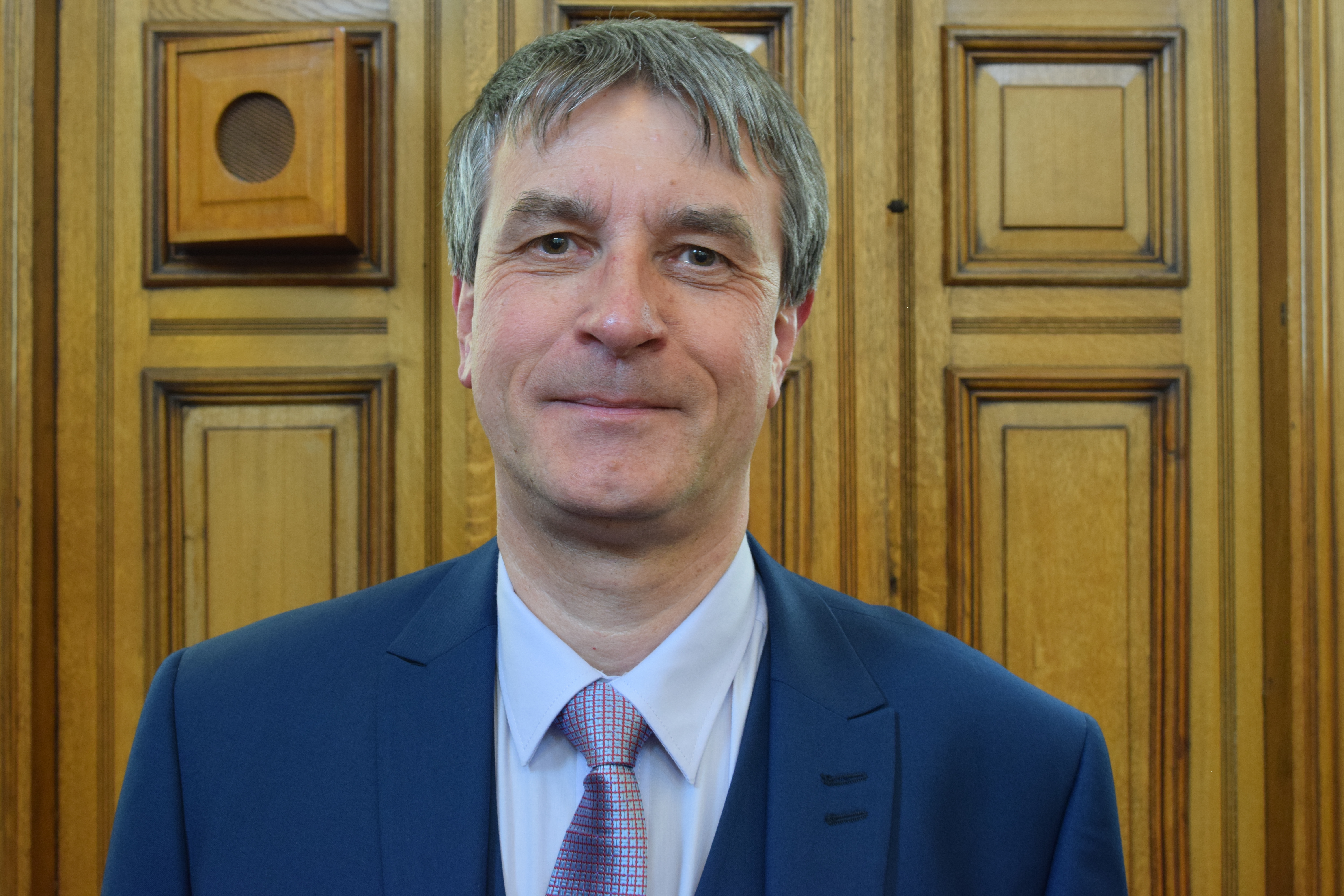From biodiversity to an in-depth review of climate policies within NELC, a varied amount of work is ongoing at the council to address these topics.
NELC Leader Councillor Philip Jackson outlined a raft of points at the recent full council meeting, held at Grimsby Town Hall, in response to a question from Lyndsey Downes, a member of the public.
She referred to September 2019 when Councillor Jackson declined to officially declare ‘a climate emergency’ in response to a motion brought forward by the Lib Dems. In her question to the chamber, she claimed the council’s record on environmental issues is “sub-standard”. “Is it not time that NELC started to get serious about biodiversity and environmental issues, and immediately starts to correct its poor performance?” she asked.
Councillor Jackson replied: “Yes, I DID say I was against the declaration of a climate emergency in North East Lincolnshire as I think it is gesture politics. For me, it is about WHAT we do and NOT what we say. I am interested in outcomes, not rhetoric.
“The council has a good track record; it is not ‘sub-standard’ as Mrs Downes alleges. I apologise for the length of this answer, but there is so much happening.
“Firstly, on climate issues, the council, supported by our regeneration partner Engie, has undertaken an in-depth review of current policies, procedures and activity, to propose an approach to identify further opportunities to reduce our own carbon emissions as well as contribute to mitigation work and reduction of carbon emissions across North East Lincolnshire.
“As part of this work, we have looked closely at Government direction, such as the 25-year Environment Plan, the 10-point plan for green industrial revolution, and the progressing Environment Bill.
“We have further considered the principles set out in the regional Estuary Plan, Humber Industrial Decarbonisation Plan, and the direction provided by Yorkshire and Humber Climate Commission and Humber Zero. The work has resulted in two technical carbon road maps – one for the council’s internal activities and one for the wider borough. Work has further been expanded to ensure equal attention is given to the ecological impact of climate change and longer-term threat to biodiversity.
“We are currently in the process of public consultation on the proposed Carbon Reduction Priorities. We expect the final Carbon Road Map and action plan to be in place by the end of the year.
“We have not stood still in respect to Climate Action during this policy development stage. In 2021 alone we have secured funding to implement £2.9-millions of energy improvements to public buildings in North East Lincolnshire. This is in addition to the NELC-managed Great Lincolnshire Smarter Energy Scheme, which has seen more than £9-million worth of funding to energy improvements for businesses and public bodies in Lincolnshire.
“Other notable climate improvements include enabling continued investment in energy efficiency of NEL’s housing stock through grants and Government funded programmes.
“Thirteen per cent of our current vehicle fleet is already fully electric and this will increase to 16% by March 2022, with 31 vehicles in total fully electric, including the mayoral car.
“Most our street lighting has now been upgrades to energy efficient LED, reducing carbon emissions by 35%.
“All council electricity is purchased from sustainable sources.
“We have installed solar panels on the roofs of several our larger council buildings.
“We have greatly extended our cycle route network and have plans in place to extend further.
“Over the last couple of years, we have completely overhauled our waste and recycling collection service with households now having a big increase in recycling capacity. This has resulted in a significant improvement in recycling rates after many years of stagnation under the previous Labour administration. Our residual household waste is consumed by the energy from waste plant at Stallingborough, generating power, with an insignificant volume of waste going to landfill.
“Now, onto biodiversity. We are very proud of the unique nature in North East Lincolnshire. The council has worked very closely with Greater Lincolnshire Nature Partnership and voluntary groups to ensure nature areas are surveyed and correctly classified as Local Wildlife Sites (LSWs) and Local Geological Sites (LGSs) to highlight their need for special consideration.
“In 2008 we had 17 sites identified. By 2018, after a programme of effective identification and surveys, the number of recognised sites had increased to 38.
“Most of these sites are not on council land. We currently have management plans in place for the larger council-owned sites and working towards management plans for all council-owned LWSs. In terms of land outside of NELC’s ownership, there is not a great deal we can do but we do try and work with landowners.
“We welcome the changes brought in by the Agricultural Act 2021 and proposed in the Environment Bill 2021, which we hope will help us to increase nature preservation and enhance biodiversity both on public and private land.
“LWSs and LGSs are not the only sites which are important to manage for biodiversity, and NELC is currently looking at where we can best improve and expand the biodiversity we have in our natural environment areas.
“We are currently going through public consultation on our proposed priorities for preserving and enhancing our natural assets. This will include local implementation of schemes aimed to increase biodiversity on both public and private land including Farming Incentive, Local Nature Recovery, and Landscape Recovery.
“We are aiming to publish our ambitious Natural Asset Plan by the end of the year to set out our priorities and action plan to tackle this very important issue.”

About the author